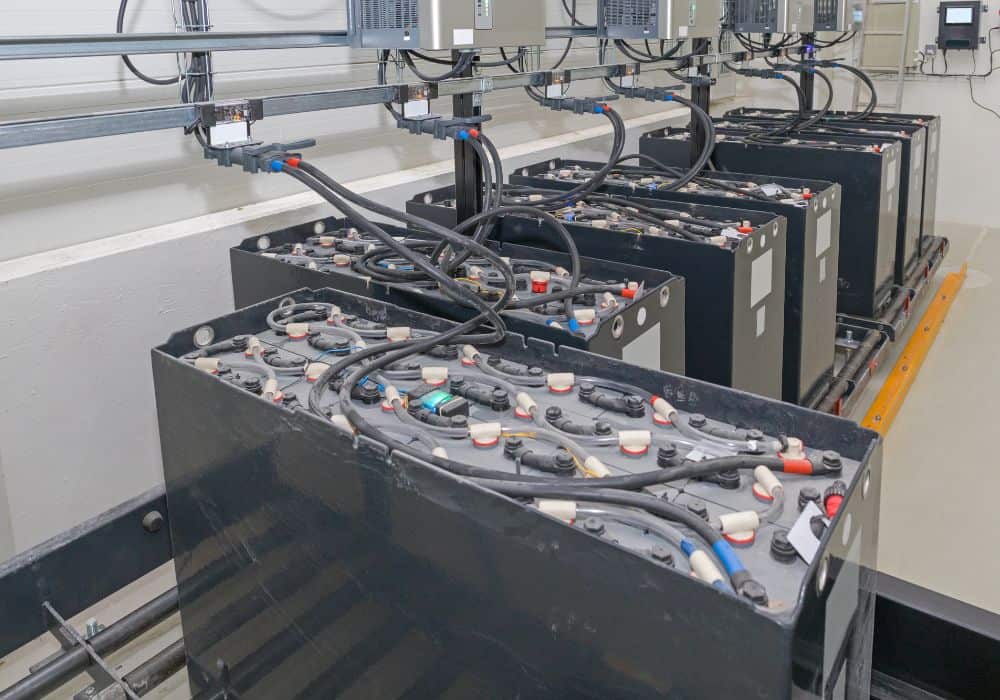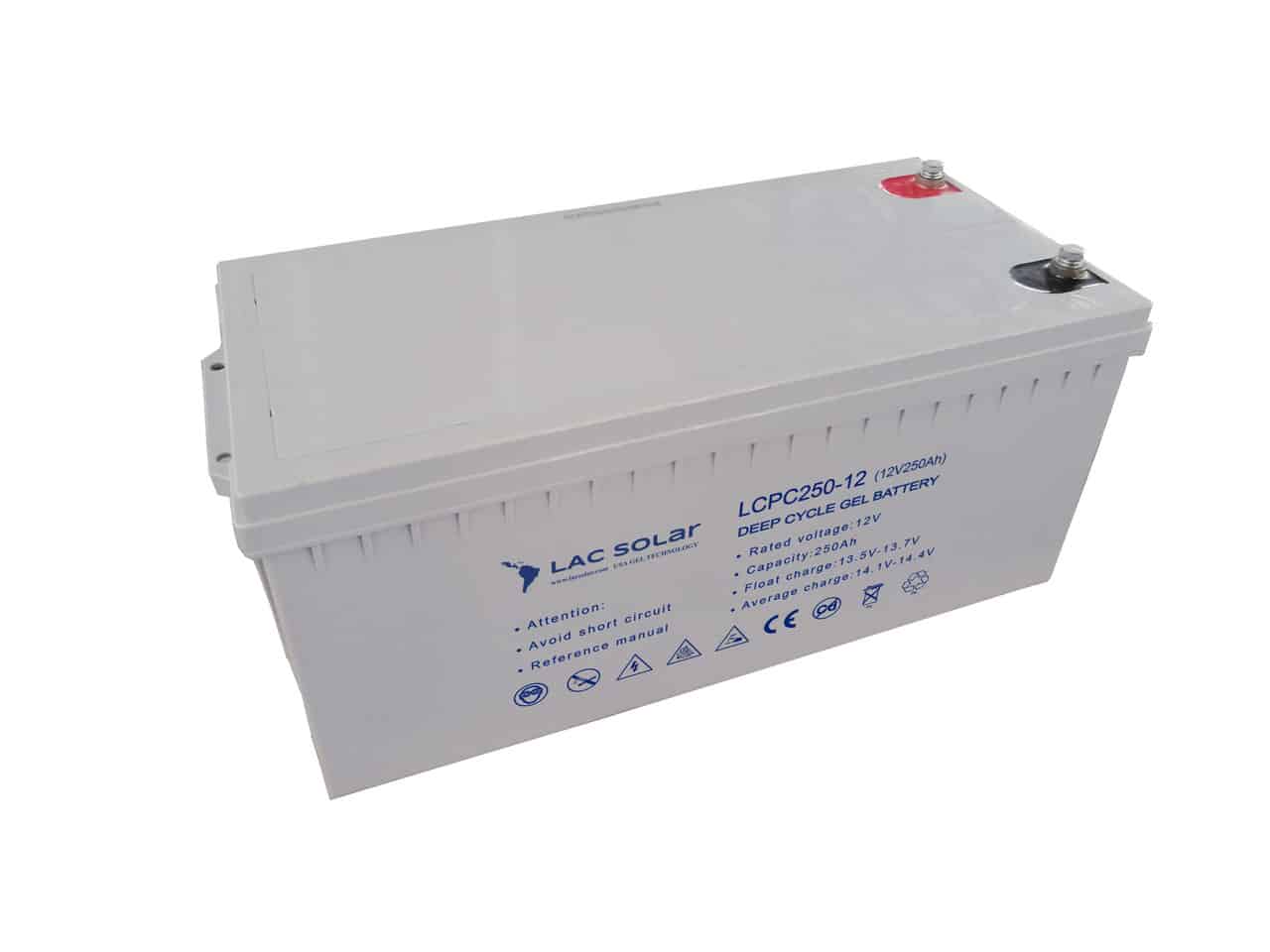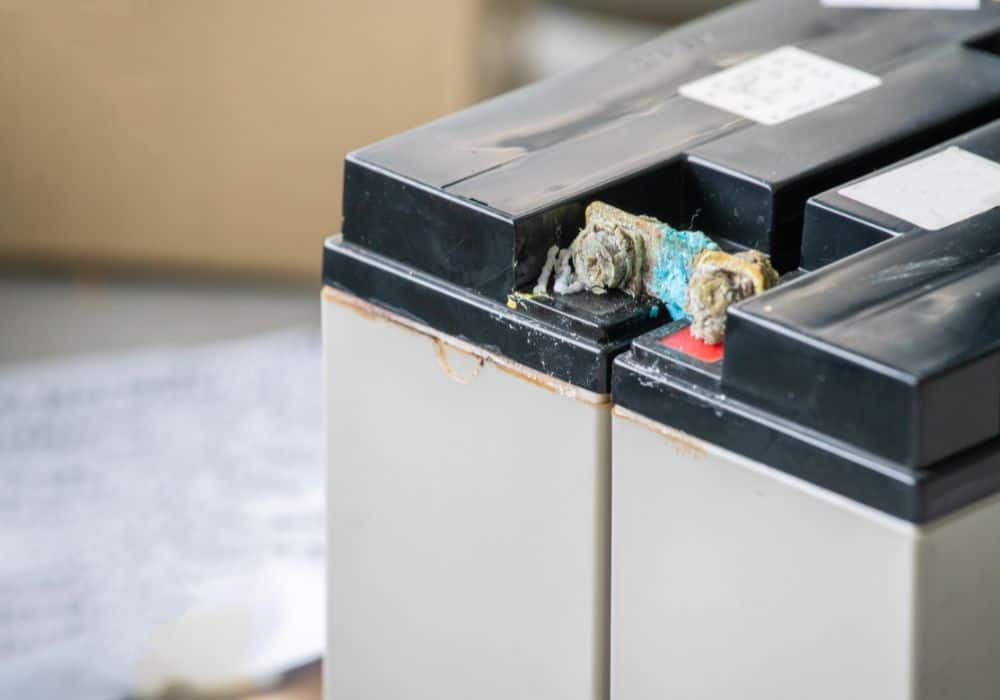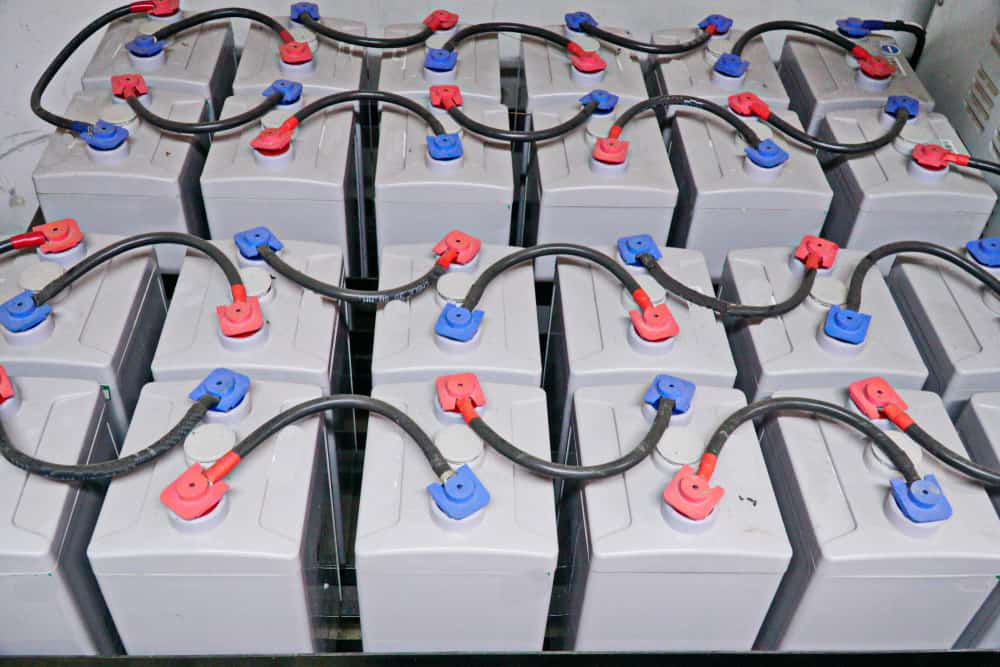Everyone wants a battery with a long life span. Here’s why the debate on whether to choose a gel battery or an acid battery is in effect to this day. Which is the better of these two battery components?
While comparing these two battery types, we discovered that gel batteries are less prone to leak and they tend to last longer since they cannot be corroded by metal or water. On the other hand, acid batteries are known for their fast charging capabilities and easy recyclability. So, as you can see, these two battery types have their strengths and weaknesses. It all boils down to you and the intended application.
In theory, how do we choose between acid batteries and gel batteries? What are the differences? This article will explain the components and differences between gel and acid batteries to help you make a more informed decision.
Acid Batteries

Acid batteries are the most common type of battery used in devices. They are mostly considered to be Lead or Lithium-ion batteries. The battery fluids in these batteries are contained in a sulphuric acid electrolyte for powering various mechanical parts and electrical operations.
The mode of operation of this battery is simple. A weak electric current initiates a chemical reaction with sulphuric acid to release electrons. This accumulates positive charges on one side of the battery and negative charges on the other, resulting in the formation of an electrical field used to power devices.
This battery casing is quite heavy, which makes it ideal for devices that require a high weight-to-power ratio. Examples include motorcycles, heating devices, electric vehicles, etc. If the casing is damaged, the chemical liquid can leak out, so care should be taken when charging, storing, manufacturing, or transporting these batteries.
Components of Acid Batteries
Acid batteries are made up of metals and specific materials that make up the electrodes, separators, electrolytes, and a few active components. The major components of acid batteries are highlighted as follows;
- Container
The top of the container of these batteries is made of ebonite, lead-coated wood, glass, ceramic materials, forged plastic, or hard rubber formed of bituminous substance to prevent electrolyte discharge.
- Lead Plates
The plates in a lead acid battery are built differently, but they are all made of the same type of grid, which is made of lead and active materials.
- Separators
These are thin sheets made of porous rubber, coated lead plates, and glass fiber. The separators, which typically have one side with grooves and another with smooth surfaces, are positioned between the plates to provide active insulation.
- Battery edges
The positive and negative margins of the battery are 17.5 mm and 16 mm in diameter, respectively.
Active Components: These are the components that play a role in the chemical reactions that occur within the acid properties of these batteries, primarily during charging and discharging. They include lead peroxide, sponge leads, and diluted sulphuric acid.
Gel Batteries

Gel cell batteries are robust, valve-regulated Pb batteries that use sulfuric acid to add silica fumes to an electrolyte. The static, gel-like mass produced by this chemical reaction gives rise to the name of these batteries, and their operation differs slightly from that of acid batteries.
Gel batteries’ one-way open valves allow internal gasses to recombine into the water, effectively eliminating the need to top off distilled water or inspect its water levels. As a result, gel batteries have higher internal resistance, are less susceptible to vibration, and require little maintenance.
Additionally, gel batteries are also extremely long-lasting and versatile. Despite their size, the batteries can be installed inside your home because they emit very little gas fumes when in use.
Check out this video to learn how to install a gel battery
Components of a Gel Battery
Gel batteries are mostly made up of metals and chemicals. Some of the main components include:
- Electrolyte
This is the major power source of the gel battery; it mainly consists of gel sulphuric acid suspended in a colloidal state. The electrolyte fills the entire membrane between the battery’s positive and negative plates to ignite its charge.
- Separator
This keeps the electrodes from touching each other, which can lead to a short circuit. It’s made up of foam plastic material which allows only ions to pass through.
- Electrodes
These are the conductors of electricity that connect the batteries to the electrical device for ignition.
- Holder
This is where you keep your batteries. It stores a specific amount of current to properly charge the gel batteries. It also regulates the flow of battery energy to prevent sparks or fires.
Gel Battery vs. Acid Battery

Understanding the differences between these battery types is critical if you want to select the best one for your application. Here are a few things you should be aware of in order to make a more informed decision.
1. Battery Type
Acid Batteries are rechargeable batteries that use a sulfuric acid electrolyte to ignite the devices in contact. They are ideal for car batteries, electrical machines, and motorable devices.
Previously, these rechargeable batteries were used in automobiles such as four-wheelers and boats. They are now primarily used for backup power systems in telecommunications and industrial equipment like satellites and forklifts.
Gel Batteries have a gel-like consistency for long-lasting active charge and are ideal for devices that require a high weight-to-power ratio.
They come in various shapes and sizes depending on the type of battery you want to buy, giving them more flexibility than gel batteries. Examples of this would be electric vehicles, marine equipment, wheelchairs, etc.
2. Battery Lifespan
Acid batteries have a relatively short lifespan compared to many other batteries, including gel batteries, due to their high activity levels and low self-discharge rate. Moreover, they are easily rechargeable by reversing the current flow through them.
Gel batteries last much longer than acid batteries because the gel is more durable and provides more charge per weight than any other battery chemistry.
3. Self-discharge Rate
Acid batteries are extremely sensitive to moisture, temperature, and environmental changes. This can cause the acid battery fluid to evaporate or freeze, emitting electrode corrosion, hydrogen gas leakage, or dendrite formation. As a result, users should never attempt to open or de-seal an acid battery.
Gel batteries, on the other hand, are not temperature sensitive and do not leak hydrogen gas. However, if the gel cracks, it may cause problems for both the users and the device because of their electrolytic reactions and deep discharge.
NB: If a gel battery cracks, you should discard it rather than attempt to repair it for safety and performance reasons.
4. Operating Temperature
An acid battery typically operates between 1 and 50 degrees Celsius. For storage, a temperature of 20 – 25° C above zero is recommended (1 C).
The battery voltage is stable at this temperature, and there is enough self-discharge to keep it from freezing. For this reason, storing acid batteries at a lower temperature is not recommended.
Gel batteries typically operate between -20 and +45 degrees Celsius, but they should be stored at a temperature 10 to 20 degrees Celsius above absolute zero (1 C) for optimal performance.
5. Storage Maintenance
Acid batteries and gel batteries require different maintenance in their storage units to ensure their long-term viability.
Acid batteries should be kept upright and out of direct sunlight and other thermal heat sources. When storing an acid battery for an extended period of time, keep the voltage at 1.5 V per cell.
On the other hand, gel batteries should be recharged and stored at or below -20 degrees Celsius when not in use. The battery retains 95% of its initial charge at low internal resistance at this temperature.
6. Charging
Acid batteries charge faster than lead batteries but have a lower retention rate. An acid battery usually charges in about 2 hours faster than a gel battery.
Moreover, gel batteries do not need to be charged as frequently as acid batteries, which allows them to last longer because they only need to be charged every two weeks.
7. Disposal and Recycling
Both types of batteries are recyclable, but the type of recycling differs depending on the battery. Acid batteries can be recycled normally, but gel batteries must be taken to a special battery disposal facility due to their electrolytic compositions.
This can be a problem if there is no nearby facility to dispose of the batteries, but you should resist the urge to dispose of them without proper recycling.
8. Safety
These batteries have safety issues, so proper precautions must be taken when using them to reduce any risks.
Acid batteries are typically unsafe; for example, if an acid battery leaks, it may cause damage to the clothes you wear or even your skin because it can quickly corrode some materials.
Gel batteries can also degrade if they are not handled properly. Although they do not leak as easily as their counterparts, they are safer and a better choice if you have young children at home.
Final Thoughts
To wrap it up, both battery types are suitable for various users with a range of needs. Acid batteries are the best choice if you want a high-power battery that charges quickly, whereas gel batteries are preferred for a maintenance-free battery with a high safety value.
It is crucial to weigh the benefits and drawbacks and select the best battery for you because the right battery will depend on the device you use it with and your specific needs.
